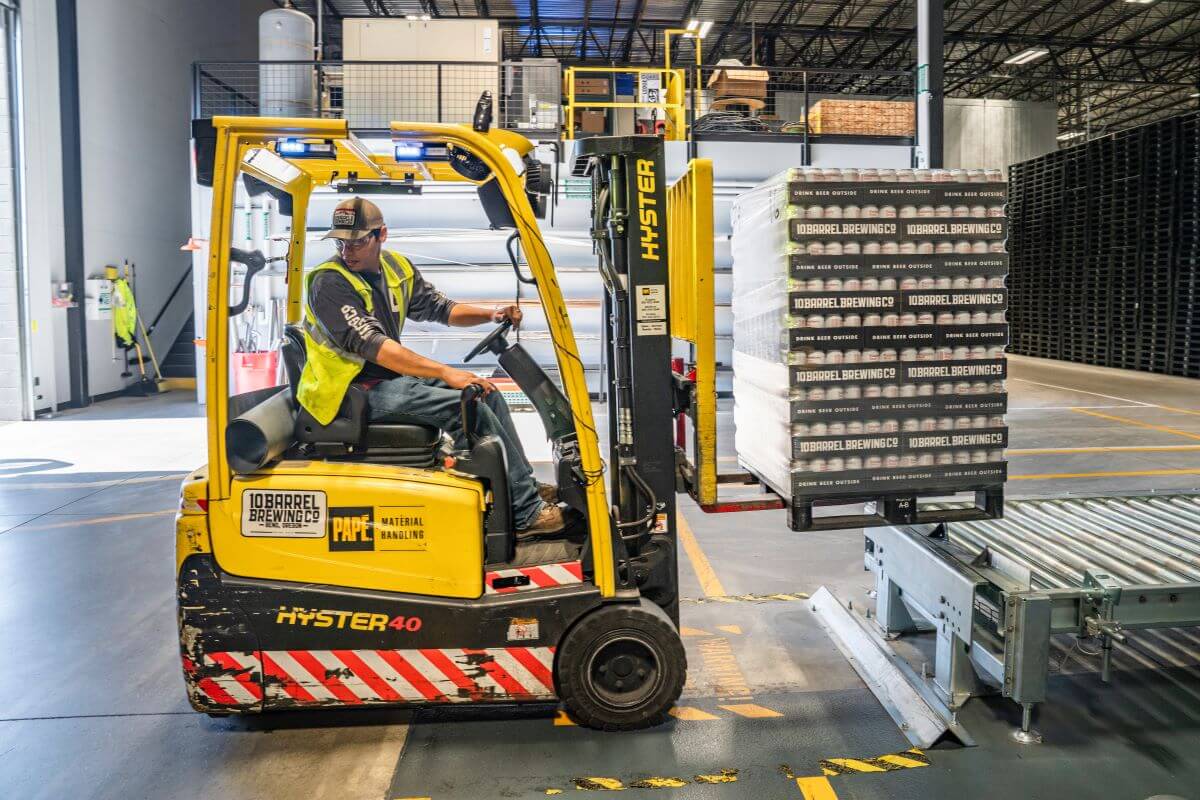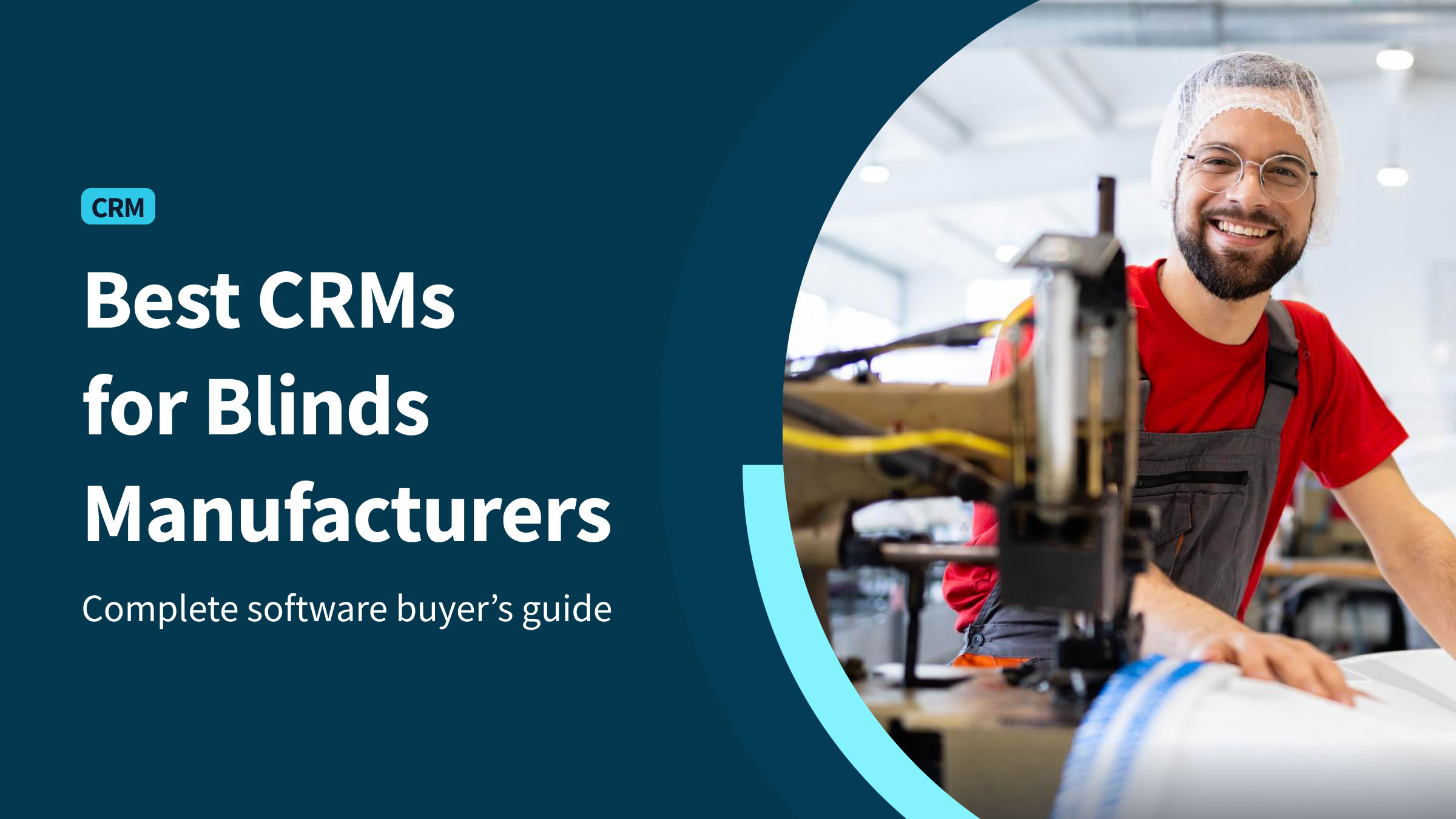Product distribution involves many moving parts and isn’t as simple as you think.
No one-size-fits-all solution exists for creating product distribution opportunities or strategies, so you must pick one that suits your business niche.
Whether you want to make a name as a wholesale distributor or use distribution opportunities to grow your business, this guide will walk you through the entire process.
What is product distribution?
Product distribution consists of selling and delivering products to retailers or customers. Some distribution systems are slim, involving only two key players: you and your customer.
However, other distribution strategies might involve multiple types of channel intermediaries, depending on:
- The type of product you sell.
- Whether your business has an existing franchise.
Below are the two primary distribution channels you can apply to your business model.
Indirect product distribution
Indirect product distribution involves multiple types of intermediaries, such as vendors. These vendors oversee the distribution process on behalf of a manufacturer.
Sometimes, they offer additional services like inventory and customer service management.
Direct product distribution
Direct product distribution involves only the manufacturer and customer.
The entire shipping process occurs in-house, and business owners are responsible for ensuring their products reach customers in good condition.
Manufacturers retain total control over prices, distribution methods, and delivery times.
The pros and cons of product distribution
Whether you should distribute products directly or indirectly will depend on your business goals, budget, and existing processes.
Consider the following key differences when picking your distribution channel.
- Control: Direct sales give you more control over the process. Direct distributors can also receive immediate feedback and build relationships with potential customers. However, businesses new to the distribution industry may find direct channels overwhelming and challenging to maintain.
- Pricing: You can share shipping and storage costs with indirect distribution, improving cash flow over time. However, you may have to share a portion of your profits.
- Logistics: If you distribute directly, renting a distribution center and delivery fleet is your responsibility. You’ll be in charge of spotting inefficiencies, repairing equipment, and adding to your fleet as demand and inventory increase.
- Delivery time: Because direct distribution does not involve intermediaries, shipping is often faster, typically between one and three business days. How fast your products ship with national distributors will depend on their standards and capacity.
- Branding: Direct distributors typically have branded fleets and packaging, whereas indirect distributors have their unique identifiers. While the potential for adversely affecting how consumers perceive your brand is relatively minimal, you miss out on an opportunity to improve brand recall.
Product distribution strategies
There are three common distribution networks you can implement:
Mass distribution
Mass distribution or intensive distribution aims to advertise your products to as many potential customers as possible and involves multiple brokers.
Mass distribution often means stocking products anywhere and everywhere. This includes high-tier department stores, gas stations, restaurants, supermarkets, retail stores, and wherever else it makes sense to sell your products.
Selective distribution
Sometimes, your product may not be appropriate for specific stores and locations.
For instance, if you sell gadgets, it may not make sense to stock them in grocery stores. Alternatively, if you sell digital products, stocking at brick-and-mortar stores may not be the best call.
Exclusive distribution
Exclusive distribution involves stocking your products in select stores. This tactic is most effective for high-end and luxury brands that want to create a sense of prestige.
Distributing products exclusively also promotes scarcity, pushing customers to purchase items quickly and frequently, even if they are less accessible.
However, exclusive distribution may not be effective for startups or new brands that lack a recognizable image.
Basic distribution models
Now that you know the primary types of distribution channels and strategies, you can choose a distribution model for your business.
Below are a few of the most basic product distribution opportunities.
Wholesale
Wholesale distributors ship their products indirectly and in bulk. To distribute wholesale, you need good negotiation skills.
You must also develop strong relationships with retailers who buy significant quantities of a product for lower prices and mark them up for profits
eCommerce
Since the 2020 coronavirus pandemic, eCommerce has become a popular product-selling method.
Online distribution often occurs on shared marketplaces like Amazon, but you can also set up an exclusive Shopify store.
When you distribute with an online shopping marketplace, these intermediaries typically have warehouses and fulfillment centers that take care of shipping for you. However, they usually take a share of your profits.
Brick-and-mortar retail
Brick-and-mortar businesses enforce a direct distribution strategy and stock retail stores with their products.
Most brick-and-mortar selling involves wholesalers.
Dropshipping
Dropshipping is a type of “made-to-order” product distribution opportunities strategy in which sellers don’t stock their products. Instead, sellers manufacture or purchase each product upon every order.
Dropshipping is ideal for businesses that want lower startup costs or don’t have ample inventory space.
In addition, dropshipping distribution processes are flexible and let businesses sell a broader range of products.
Direct-to-consumer
Direct-to-consumer (D2C) shipping models don’t involve wholesalers, retailers, or online marketplaces.
Instead, it is a direct-distribution strategy that involves only the seller and buyer.
Picking the right distribution strategy
Remember your industry type, audience location, budget, and goals to decide what distribution channels work best for you.
In addition, consider the following tips:
- Set your budget: Maintaining an in-house distribution chain is costlier than you think. You’d have to finance a distribution center, delivery fleet, and inventory management. If you don’t have the time, resources, or strategies for in-house distribution, outsourcing could help you save more in the long run.
- Review your competitors: Knowing what distribution systems your competitors use can put you at an advantage. If you have yet to choose a distribution method, look at what your competitors are doing to identify how you can ship faster and more affordably than them.
- Know your audience: Understanding your audience’s buying habits and preferences can inform your decision on a distribution channel. For instance, younger shoppers crave instant gratification, so speedy shipping is a must.
- Test your distribution channels: When starting, prioritize information over results, as you still have room to make changes. But don’t try every channel at once. Suppose you have four options – fund two at a time to keep your cash flow healthy. Most distributors give themselves a month to tweak their targeting, elements, and overall strategy.
Best product distribution business ideas to start in 2023
Many products come in and out of season, so it pays to anticipate upcoming trends.
If you want to flourish in the distribution business in 2023, consider adding these products to your inventory.
Home appliances
Home appliances are products that never go out of style. While refrigerators, vacuum cleaners, and microwaves have been around for decades, there are always newer and better-performing versions that consumers can’t wait to get their hands on.
Sports and fitness equipment
With fitness becoming increasingly a priority, consumers on the international market are increasing the demand for sports products.
From athletic wear to home equipment, you can stock many popular items to break into the fitness consumer market.
Textiles and apparel
The demand for clothing and shoes will never run out, so entering this industry poses a high chance of success.
However, the apparel niche is highly saturated, so your biggest challenge will be developing a unique selling point for your buyers.
Stationery and paper
As bullet journals continue to trend on platforms like Instagram and Pinterest, the demand for stationery and paper is on a steady rise.
Despite most businesses going paperless and digital, many still long for nostalgic, analog modes of record-keeping and communication.
Generally, the cost of materials like stationery and paper is low – they can easily fit into your business plan without breaking your budget.
Computer parts and accessories
Technology is one of the most successful modern industries with impressive sales revenues, so entering this niche is a no-brainer for most.
Computer parts are just as in-demand as fully-built laptops and PCs, so long as you set them at a competitive price.
Key takeaways
Whether you want to start a wholesale business or start small, identifying product distribution opportunities early on can make or break your success.
Before renting a distribution center or finding a shipping service provider, consider:
- Whether direct or indirect distribution is more beneficial to your business.
- Whether mass, selective or exclusive distribution makes the most sense for your business.
- Which distribution models you’ll use: wholesale, eCommerce, brick-and-mortar, direct-to-customer, or dropshipping.
- Set your budget and get to know your audience before testing channels to identify product distribution opportunities.
If you’re thinking of distributing on your own and want to keep customer satisfaction up, centralize all your tasks and orders with Method CRM.
Method is a full-service CRM that centralizes your online distribution processes, contacts, and other valuable data.
With Method’s manufacturing features, you can avoid market share losses and keep your business profitable year-round.
In the video below, check out how an integration with Method helped double this shipping container company’s revenue in just three years.
Product distribution FAQs
How do you become a product distributor?
To become a product distributor, you’ll typically have to first define your industry and what you want to ship. Then, ensure you have the appropriate space and basic supplies. Obtain the necessary business licenses and register your company. Finally, reach out to suppliers and manufacturers, plan logistics, and generate leads.
What is the importance of product distribution?
Product distribution is vital in B2B, B2C, and consumer sales because it gets your goods to customers. Seamless product distribution opportunities create a positive shopping experience and build trust between buyers and sellers.
How do I start a product distribution company?
To expand into a full distribution company, you’ll need to make the right connections and expand your reach. Consider the potential items you want to stock and how you intend to ship them. Then, think about the type of intermediary you want to work with (if you want to work with one).
Start a free trial of Method CRM today!
Image credit: ELEVATE via Pexels






